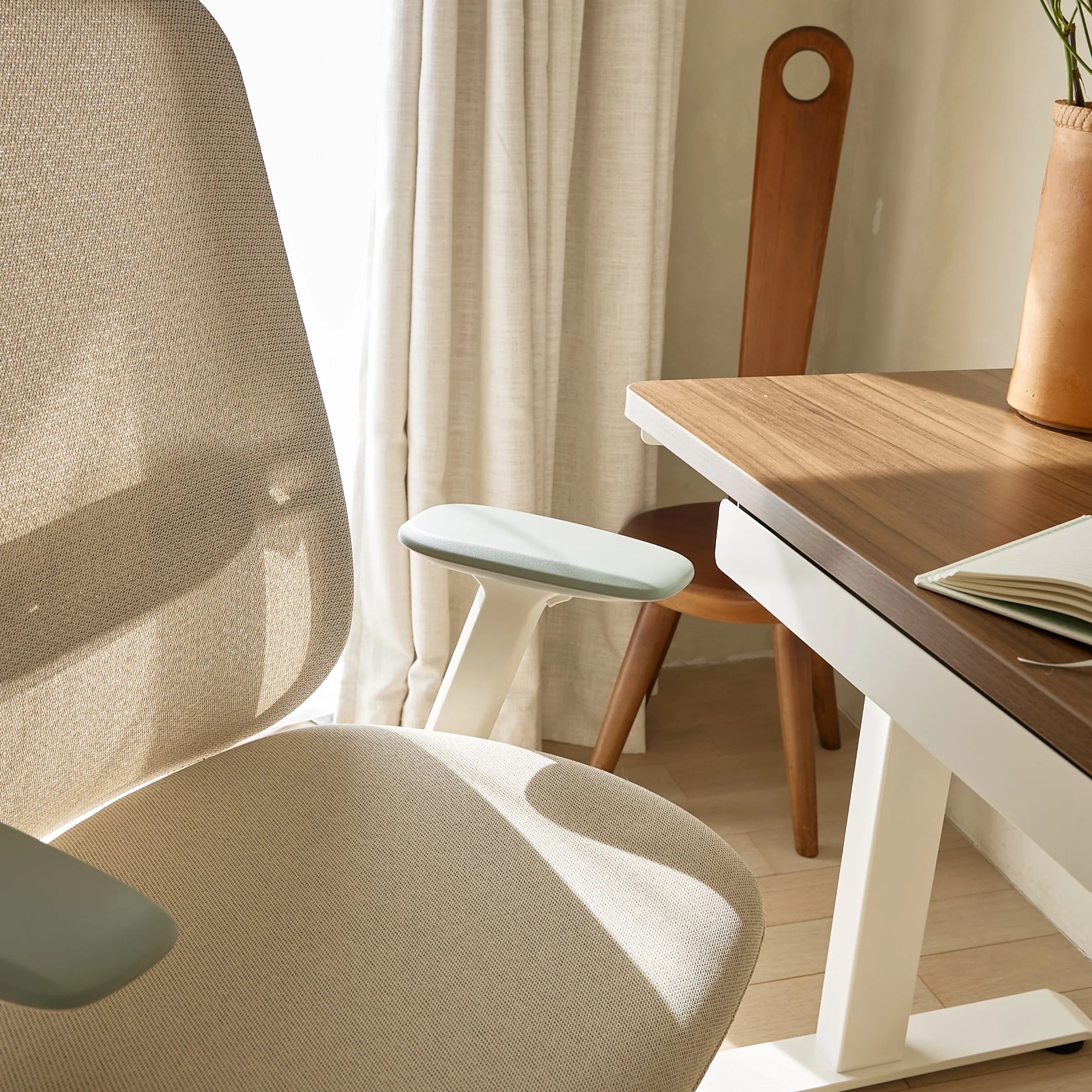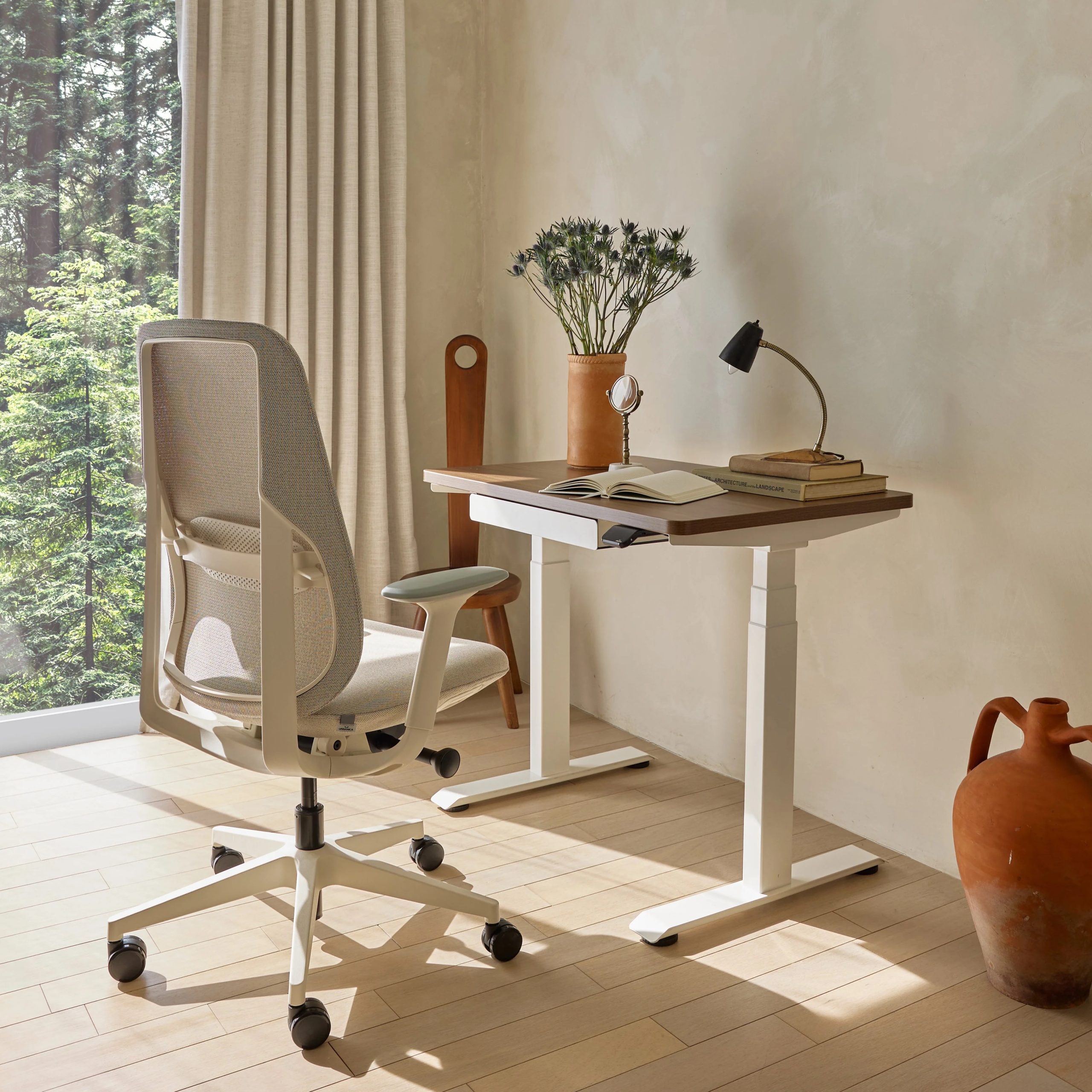What was once synonymous with retro dens and outdated interiors is now enjoying a striking resurgence. Wood paneling is stepping back into the spotlight—but this time, with elegance, versatility, and eco-conscious appeal. Far from being a design relic, today’s wood paneling delivers texture, warmth, and style to contemporary spaces seeking authenticity and character.
More Than Nostalgia: Why Wood Paneling Works Today
Wood paneling is no longer just a decorative choice—it’s a smart one. With benefits that span the aesthetic, acoustic, and environmental realms, it’s become a go-to solution for both designers and homeowners alike.
Whether you’re after a rustic retreat, a minimalist haven, or a classic accent, wood paneling adapts to your style while offering tangible everyday advantages.
Design with Depth: Styles That Suit Every Space
The modern approach to wood paneling is all about customization. With a broad range of profiles, finishes, and materials, you can create moods that range from coastal calm to urban chic. Here are some popular styles:
- Shiplap: Clean and horizontal, perfect for light-filled, beach-inspired interiors.
- Beadboard: Adds vintage charm, often used in bathrooms or cottage-style kitchens.
- Reclaimed Wood: Infuses spaces with warmth, sustainability, and a story.
- Flat Panels: Sleek and understated, great for Scandinavian or contemporary schemes.
Function Meets Form: The Practical Benefits of Wood Paneling
Wood paneling doesn’t just elevate your walls visually—it also enhances how your space feels and performs:
- Thermal Insulation: Natural wood helps regulate indoor temperatures, reducing energy needs.
- Sound Absorption: Especially in open-plan layouts, paneling helps minimize echo and ambient noise.
- Durability: Engineered and treated wood panels withstand everyday wear better than painted drywall.
- Concealment: Ideal for hiding uneven walls, wires, or plumbing while maintaining a seamless finish.
A Quick Guide to Popular Paneling Types
Each type of paneling brings unique design and functional value:
- Tongue and Groove: Interlocking panels suited for walls and ceilings with clean transitions.
- Wainscoting: Decorative lower-wall treatments that add protection and sophistication.
- Board and Batten: Alternating vertical boards and thin battens for bold, architectural lines.
- Slatted Panels: Vertical or horizontal slats that offer modern separation without bulk.
Sustainable and Stylish: A Conscious Design Choice
In an era of eco-awareness, wood paneling supports greener living. More manufacturers now prioritize:
- FSC-certified woods sourced responsibly
- Reclaimed and repurposed timber, reducing landfill waste
- Low-VOC sealants to maintain clean indoor air quality
By choosing the right paneling, you’re not just decorating—you’re making an environmentally sound investment.
Low Maintenance, High Impact
Another bonus? Wood panel walls are easy to care for. Unlike painted surfaces that scuff or wallpaper that peels, wood requires only a quick dust or wipe. Pre-finished and moisture-resistant options are perfect for high-traffic or high-humidity zones like mudrooms, kitchens, and bathrooms.
Creative Ways to Use Wood Paneling
Think beyond the typical applications and use wood paneling to introduce architectural interest in unexpected places:
- Create a statement wall behind the bed or in the dining area
- Use vertical slats to elongate visual height in low-ceilinged rooms
- Wrap a kitchen island in rustic wood for contrast and texture
- Integrate paneling into built-ins and shelving for cohesion
- Frame fireplaces with complementary textures for added drama
Even ceilings, entryways, and hallways benefit from thoughtful wood accents.
Wood Paneling FAQs
Is wood paneling still in style? Yes! Modern materials and finishes have brought paneling into the 21st century. It’s now a coveted feature in high-end and minimalist homes alike.
Can it be used in wet spaces like bathrooms? Absolutely—with the right preparation. Choose moisture-resistant wood or sealed composite options.
How long will it last? With proper care, quality wood paneling can last decades. In fact, it often gets better with age, developing a rich patina.
Can I install it myself? Many options—like tongue-and-groove or peel-and-stick panels—are DIY-friendly. More intricate designs may require a pro.
Is it costly? Costs vary based on the wood species, size, and finish. Reclaimed wood is often affordable and environmentally conscious, while exotic hardwoods carry a premium.
Bringing Character Back to Your Walls
Wood paneling is no longer a throwback—it’s an innovative, forward-thinking design decision. With its blend of natural beauty, sustainable benefits, and lasting function, paneling is poised to become a foundational element in modern interiors. Whether your goal is comfort, sophistication, or sustainability, wood offers a path toward spaces that feel as good as they look.


